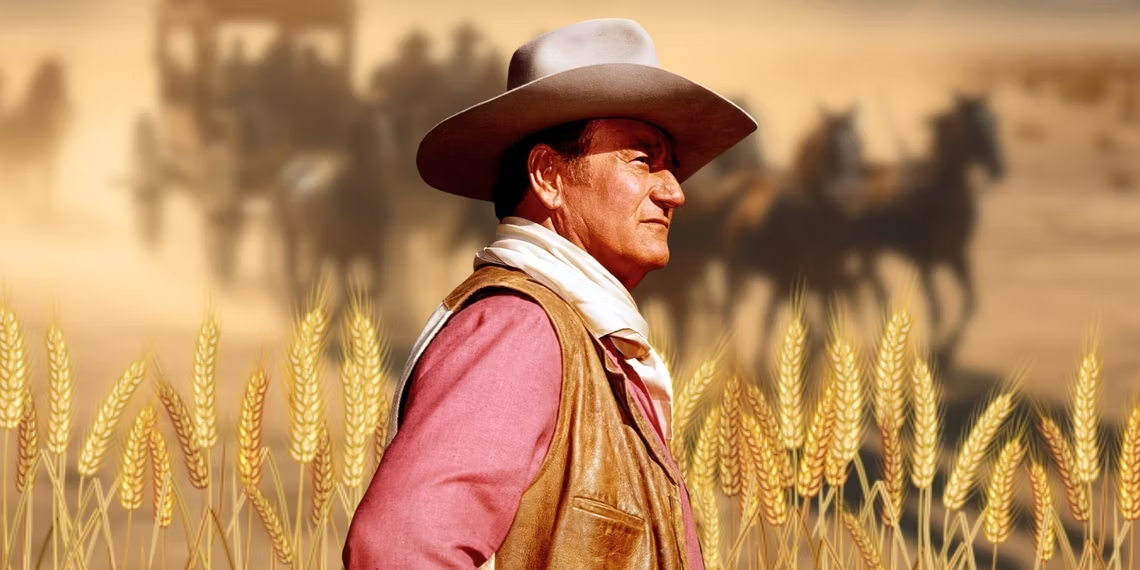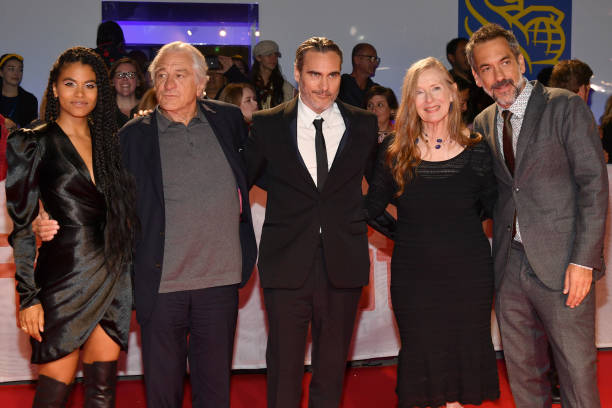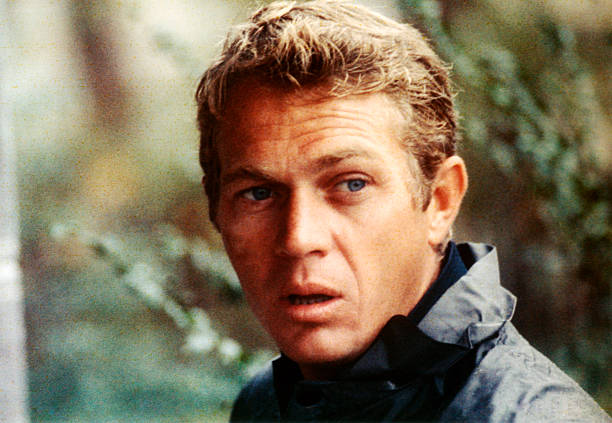In the golden era of Hollywood, where the magic of cinema brought captivating stories to life, one duo shone brightly among the stars: Bill “Bojangles” Robinson and Shirley Temple. Their timeless partnership in the 1935 film “The Littlest Rebel” not only entertained audiences but also broke barriers in the world of entertainment. This article takes you on a journey through the remarkable careers of these two iconic performers and their unforgettable collaboration in a film that still enchants audiences today.
The Rise of Bill “Bojangles” Robinson
Born in Richmond, Virginia, in 1878, Luther Robinson, later known as Bill “Bojangles” Robinson, began his life in humble circumstances. As a young boy, he discovered his passion for dancing and started performing in local minstrel shows. Robinson’s talent was undeniable, and he quickly rose to prominence in the world of tap dancing.
Robinson’s unique style of dance, characterized by intricate footwork and a graceful demeanor, made him a standout in the entertainment industry. He broke racial barriers by becoming one of the first African American performers to appear on Broadway and in films. His contributions to the world of dance and entertainment are immeasurable, and he remains an inspiration to many.
The Rise of Shirley Temple
Shirley Temple, the beloved child star, was born in 1928 in Santa Monica, California. At just three years old, she was already participating in dance classes and appeared in her first film at the age of four. Temple’s charisma, talent, and adorable dimples quickly captured the hearts of audiences across the nation.
In the midst of the Great Depression, Shirley Temple became a symbol of hope and optimism, providing a much-needed escape from the hardships of the era. Her career skyrocketed, and by the time she was five, she was already a megastar. Her versatility as a performer, ability to sing and dance, and her undeniable charm made her one of the most famous child stars in Hollywood history.
The Littlest Rebel (1935)
It was in 1935 that the paths of Bill “Bojangles” Robinson and Shirley Temple converged in the film “The Littlest Rebel.” The film, directed by David Butler, tells the story of Virgie Cary (Shirley Temple), a young girl living in the South during the American Civil War. Bill Robinson plays the role of Uncle Billy, her loyal and entertaining slave caretaker.
“The Littlest Rebel” is a poignant story that highlights the unlikely bond between a young white girl and her African American guardian during a tumultuous period in American history. Shirley Temple’s innocent and endearing portrayal, paired with Bill Robinson’s captivating tap-dancing sequences, created an unforgettable on-screen partnership. The film was groundbreaking in its time for its portrayal of a positive interracial relationship.
Breaking Barriers
Bill “Bojangles” Robinson and Shirley Temple’s performances in “The Littlest Rebel” broke down racial barriers at a time when segregation was still the norm in many parts of the United States. Their partnership showcased the power of art and entertainment to challenge stereotypes and promote unity. The iconic staircase dance sequence in the film remains one of the most memorable moments in cinema history, and it symbolizes the harmony that can be achieved through the arts.
Conclusion
Bill “Bojangles” Robinson and Shirley Temple’s collaboration in “The Littlest Rebel” is a testament to the transcendent power of art and cinema. Their ability to unite audiences during a period of racial tension is a testament to the positive impact of their work. Today, their performances continue to inspire and entertain, reminding us that talent and camaraderie can overcome the challenges of their time and still resonate with audiences today. “The Littlest Rebel” remains a beloved classic, and Bill Robinson and Shirley Temple’s legacy endures as a symbol of the magic of Hollywood’s golden age.


